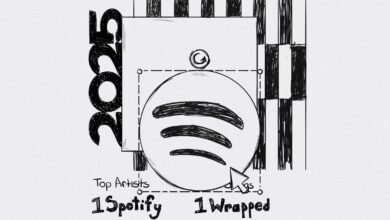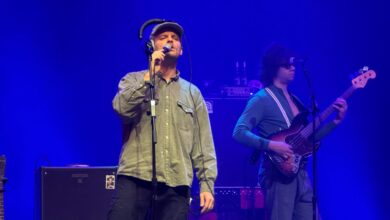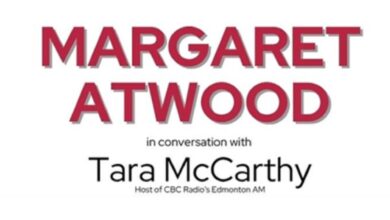Bruce Peel’s new exhibit ‘Forgers, Fakers, and Publisher-Pirates’
With plenty of bizarre and funny examples, the exhibit showcases forged, faked, and pirated books throughout history.
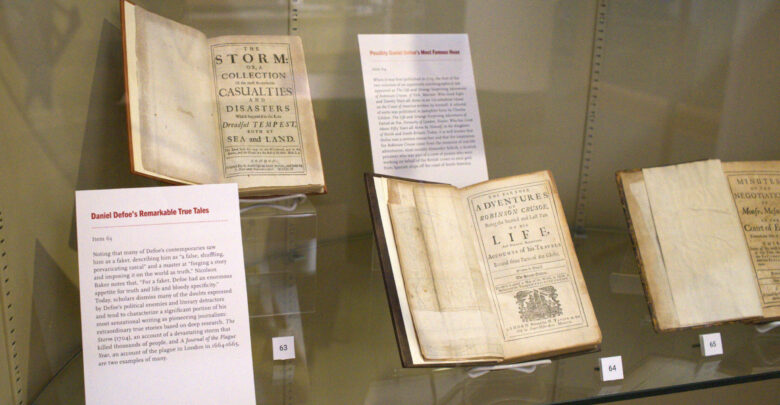 Leah Hennig
Leah HennigStarting in September and running through March, the Bruce Peel Special Collections will display the Forgers, Fakers, and Publisher-Pirates exhibit. The exhibit is all about forged, faked, and pirated books, with some funny and bizarre examples.
The Gateway spoke to Linda Quirk, the curator of the exhibit. While this is the first exhibit Quirk has curated herself, she’s assisted other curators with their exhibits in the past.
She said, at heart, she’s a teaching librarian. While the idea of a special and rare collection library might seem niche to most students, Quirk said book history is really the history of ideas. “It’s only relatively recently in human history that we find everything online,” she said.
“It’s also really interesting as a way to teach people how to interpret the world we find today. One of the things that is very easy to see when looking at some of these stories of forgeries is [that] the exact same scams are being carried out in the digital world today.”
Time can often provide clarity, as we may look back at something from 200 years ago and realize it was a forgery or a fake.
The continuum of book pirates and fakers
For some things, it matters less. A fake review of salad dressing isn’t as serious as a forged and altered piece of advice we’re getting about whether we can create our own will or not.

The same can be said for pirated copies of books. In some instances, the worst case scenario is that an author isn’t compensated for their work and it’s free for people to read. In other cases — and for most pirates — they modify the books in some way, Quirk explained.
“When it gets pushed further and further to where the text is actually radically changed, that becomes closer to being a forgery.”
In some cases, this can completely manipulate the history and literary history when that piracy crosses the line into forgery.
Similarly, fakers may be people who simply write anonymously or pseudonymously. Especially in the cases of early women authors. But further down the continuum, there’s people who may fake ethnicities and fake expertise.
One example was a fellow from the 1700s who “convinced members of the Royal Society, which is the scholarly association at the time, that he was Taiwanese and had grown up in Taiwan.”
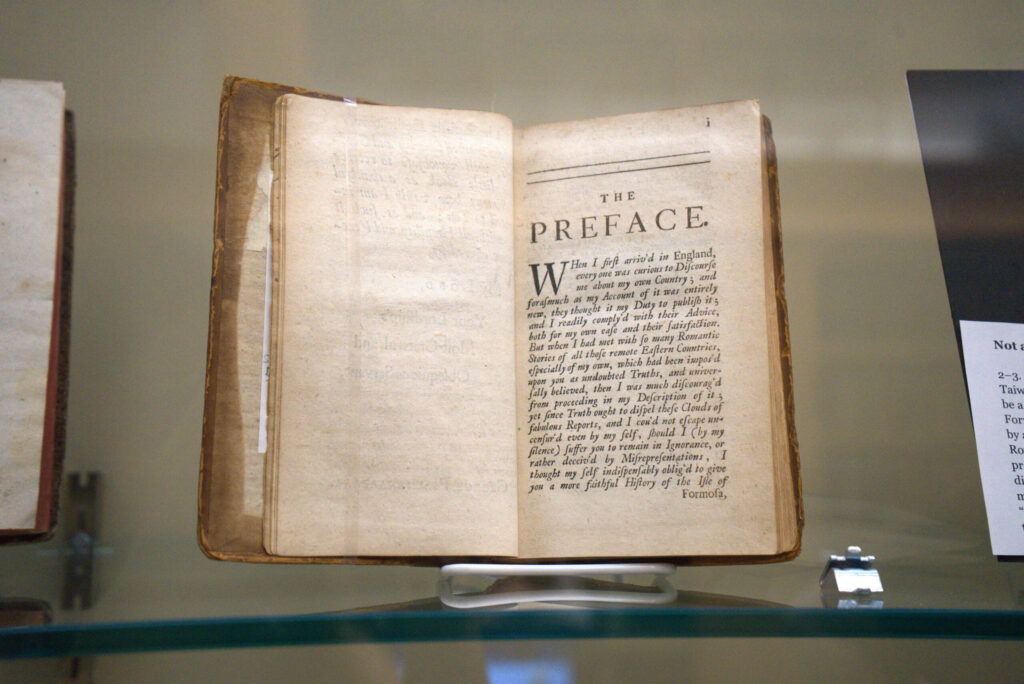
Quirk said he went as far as to make up a fake Taiwanese language and spoke of barbaric practices that had “nothing to do with reality whatsoever.” Meanwhile, he was a Frenchman. But he would go on to write a history and social study of Taiwan, where he had never even visited. The Bruce Peel Collections has the original copy of the forgery, and the confession of his forgery.
“At a time when people didn’t know anything about Taiwan in London, this became the authoritative source for quite a while, probably impacting diplomacy and all kinds of different things.”
“We all need to learn more about that,” Quirk says
Although the exhibition includes fakers and pirates, Quirk said forgers are the meat of the exhibit. “Forgeries really are at the very heart of most digital scams we see.”
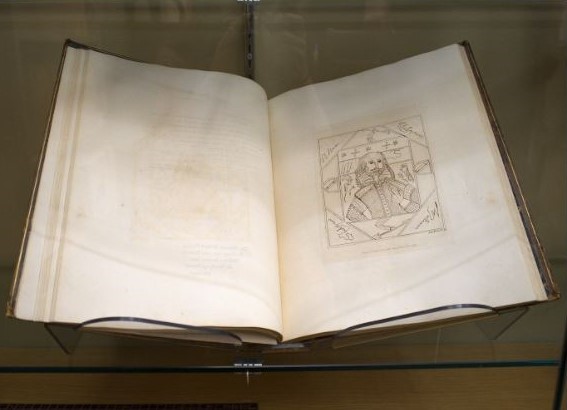
Quirk leaned into the wacky and weird parts of the history of forgeries. In one instance, a prolific French forger created supposed-letters by Mary Magdalene. “Do we even think she could read and write? But quite aside from that, we know she wouldn’t have been writing a letter in French.”
But there’s also some very sophisticated examples. Quirk said the exhibition is for both the silly and serious forgeries.
At the core of it, Quirk said “we all need to be aware all the time that the information in our hands is always already, somewhat flawed.”
Quirk said that while the tools we have to recognize fakes and forgeries are getting better, so are the tools of the forgers and fakers.
While Quirk said the exhibit is hopefully fun and entertaining with some of the weird and silly forgeries on display, she also hopes it will open people’s eyes to some weird stuff that people do. “We all need to learn more about that.”

